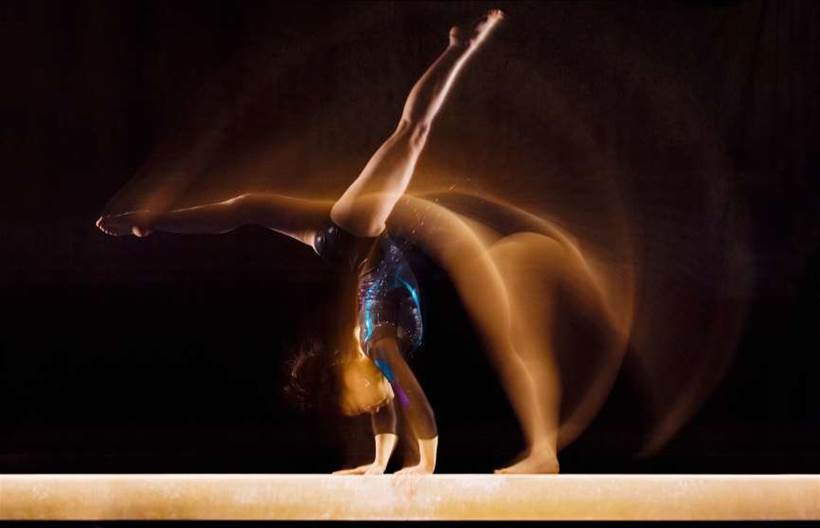As technology is increasingly put to use enforcing rules and scoring in sports, gymnastics may be next in line for disruption courtesy of research by the Japan Gymnastics Association and Fujitsu Laboratories.
Days before Fujitsu hosts its annual Forum event in Tokyo, the company revealed its planned work around “scoring support technology for gymnastics competitions.”
Fujitsu Laboratories already has proprietary 3D laser sensor and 3D data processing technology that it hopes to use to “discern athletes’ joint positions and techniques”.
It hopes to incorporate knowledge from the sport’s governing body in Japan “in recognising proper gymnastics techniques”.
The technology’s accuracy will be tested against “gymnastics data from athletes registered with the Japan Gymnastics Association”, and will also be put through its paces in a field trial.
Though the project is still in its early days, it already has powerful backing, with Japan Sports Agency first commissioner Daichi Suzuki welcoming the collaboration.
Suzuki is a former Olympic swimming champion that now runs the Japanese government’s national sports body set up to coordinate administration ahead of Tokyo hosting the Games.
“I would like to see the deployment of Japan’s technological capabilities lead to improvements in the performances of gymnasts and the quality of judges, raising the level of gymnastics techniques and the attractiveness of gymnastics as we look toward the Tokyo 2020,” Suzuki said.
“I am also hopeful that collaboration between the sports world and corporations, such as in bringing together sports and ICT, will bring greater dynamism to the sports industry.”
If Fujitsu is successful in applying its 3D sensing and analytics technology to gymnastics, it could act as a major step change to current software scoring programs used by judges to record their scores.
It could also make scoring more standardised, reduce the potential for biases to play a part in the scoring of gymnasts, and lower the potential for costly judging mistakes.
Cognitive studies at the University of Ottawa in the early 2000s found that if gymnastic judges saw a competitor make an error in a qualifying round, it impacted the way they judged that gymnast throughout the competition.
In other words, make an error in qualifying and it could cost you in a final, even if you did not repeat the error.
A more recent 2015 study found that even “the best international judges reported approximately 40 percent of true errors” made by rhythmic gymnasts in competition. It said this kind of error detection was rate was “far below optimum”.
Judges have previously found themselves banned for exhibiting bias in scoring.
To make judges jobs more difficult, gymnastics scoring is famously complicated, even after changes designed to simplify the process.
“In gymnastics, a sport that awards points in a judging system, considerable efforts and reforms have been made over many years to ensure consistently fair and accurate scoring,” Fujitsu Labs said.
“However, with the extraordinarily rapid advance of gymnastic techniques, such as with the number of twists, there are times when it is difficult to accurately judge and score a performance with the naked eye.
“As a result, judges face an escalating burden of making accurate split-second scoring decisions.
“In addition to judgments made through visual observation, the use of ICT to capture a gymnast’s movements, which are then analysed as numerical data, could work to support more accurate scoring.”
Fujitsu said present motion capture technology is not practical in competitions “as it requires the placement of multiple markers, thereby burdening the gymnast.”
It believed a tweaked version of its 3D sensing technology and the way it handled 3D data could change that.
“These technologies will be further refined to enable them to work with the movements of gymnastics techniques and thereby create technology to help with scoring,” it said.










